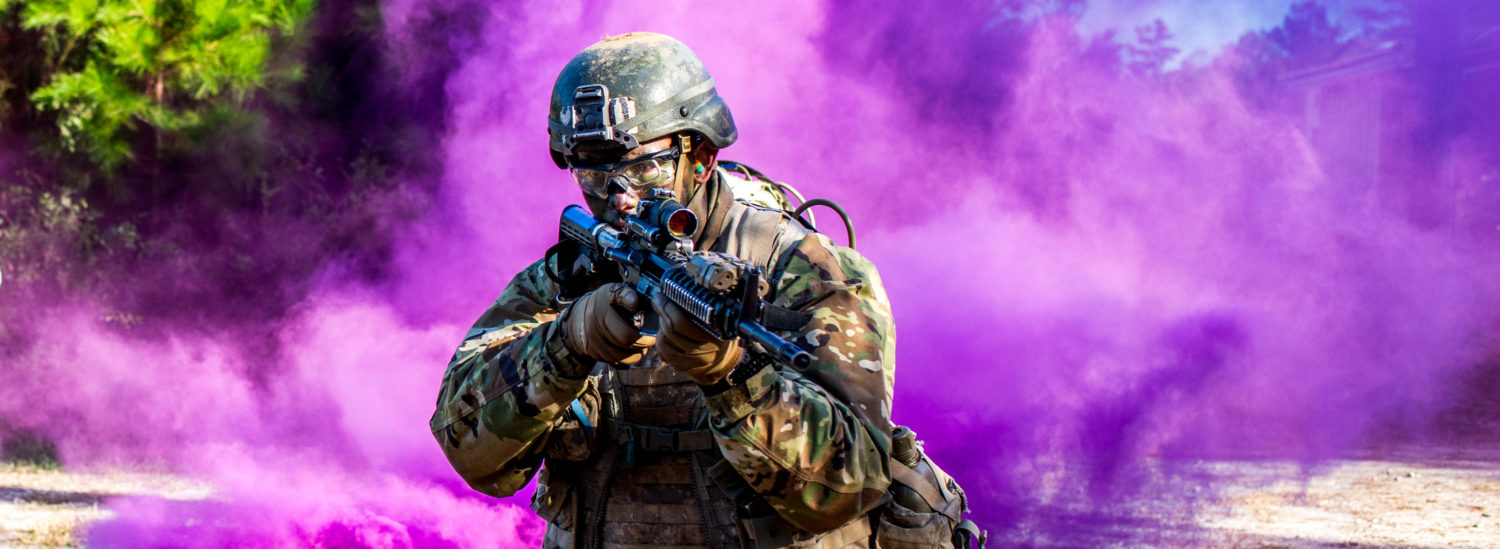The role of the BSB distribution company is to plan, direct, and supervise supply distribution to the brigade. It conducts daily receipt, storage, and issue of supply classes I, II, III, IV, V and IX and transports cargo for the brigade. This unit is employed in the brigade support area and operates throughout the supported brigade area.

An M2A3 Bradley assigned to 2nd Armored Brigade Combat Team, 1st Armored Division, prepares to move during Decisive Action Rotation 20-01 at the National Training Center in Fort Irwin, California, Oct. 09, 2019. Decisive Action Rotations at the National Training Center ensure Army Brigade Combat Teams remain versatile, responsive, and consistently available for current and future contingencies. (U.S. Army photo by Spc. Angel Sanchez, Operations Group, National Training Center.)










